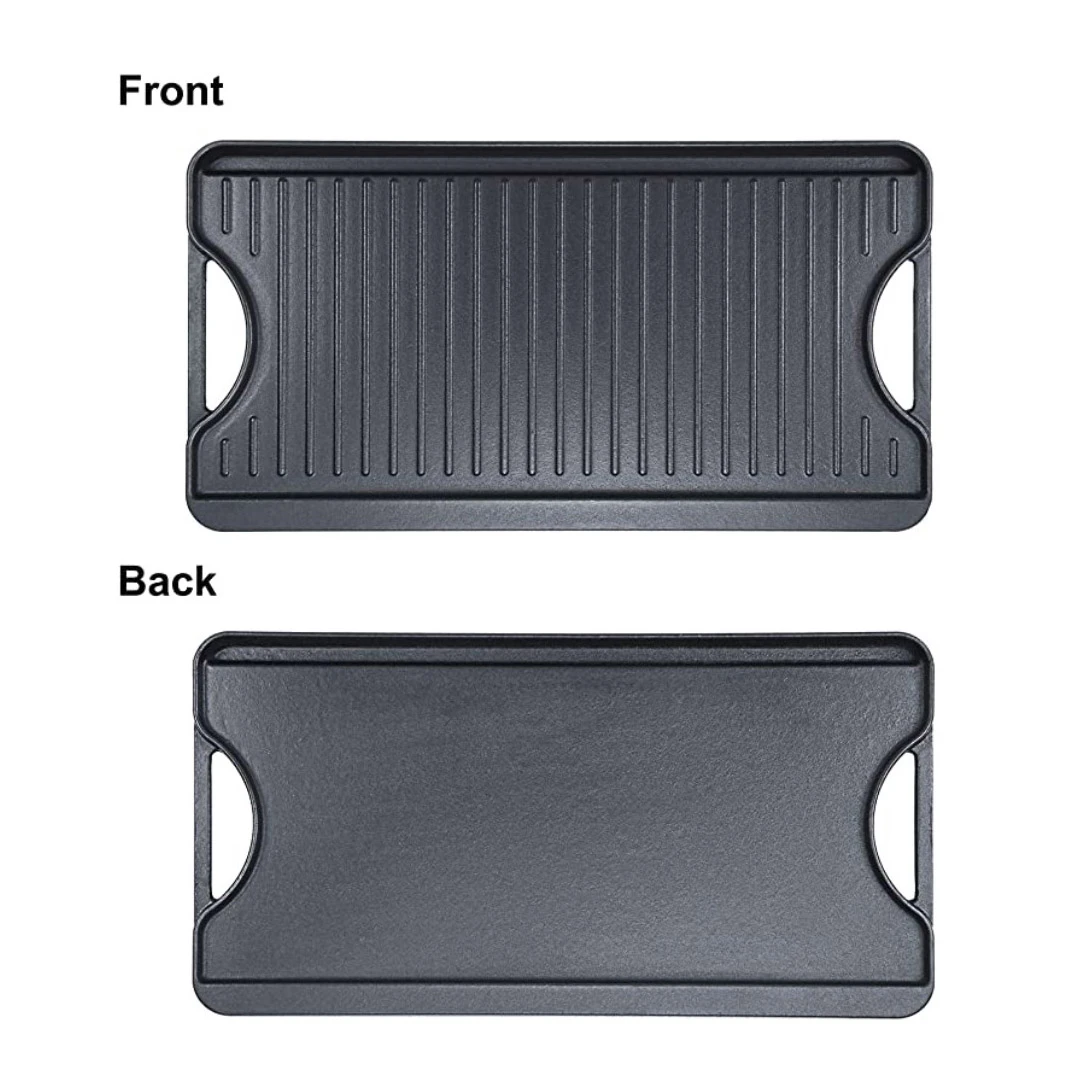- 150m Southwards, West DingWei Road, Nanlou Village, Changan Town, GaoCheng Area, Shijiazhuang, HeBei, China
- monica@foundryasia.com
okt . 18, 2024 11:47 Back to list
Preparing Your Cast Iron Skillet for Optimal Performance and Longevity
Prepping a Cast Iron Skillet Manufacturer Guidelines for Optimal Use
Cast iron skillets are a beloved staple in kitchens around the world, known for their durability and ability to retain heat. However, to truly reap the benefits of this timeless cookware, proper preparation and maintenance are essential. Here are some key guidelines from manufacturers on prepping your cast iron skillet to ensure it lasts for generations.
1. Seasoning Your Skillet
The first rule of prepping your cast iron skillet is seasoning it properly. Seasoning creates a non-stick surface and protects against rust. Many manufacturers recommend starting with a clean, dry skillet. If your skillet is new, it may come pre-seasoned. However, if it’s second-hand or requires a refresh, wash it with warm, soapy water to remove any factory residue. Rinse and thoroughly dry the skillet, as moisture can lead to rust.
Next, apply a thin layer of a stable cooking oil—such as flaxseed oil, grapeseed oil, or vegetable oil—over the entire surface of the skillet, including the handle and bottom. Place the skillet upside down in an oven preheated to 375°F (190°C) for about an hour. This allows the oil to polymerize, creating a hard, protective coating. Remember to place a baking sheet on the rack below to catch any drips.
2. Regular Maintenance
After the initial seasoning, regular maintenance is key. Avoid using soap when cleaning; instead, simply wipe the skillet with a paper towel or rinse it with hot water and scrub with a brush if necessary. If you’ve prepared particularly sticky dishes, a small amount of mild soap can be used occasionally, but be sure to re-season the skillet afterward.
prepping a cast iron skillet manufacturer

Dry the skillet immediately after washing to prevent rust. To re-establish the seasoned layer, lightly coat the surface with oil while it’s still warm. This simple step keeps the non-stick surface intact and enhances the flavor of future meals.
3. Avoiding Common Mistakes
Manufacturers warn against drastic temperature changes. Avoid placing a hot skillet in cold water, as this can warp the metal. Additionally, keep acidic foods—like tomatoes or vinegar—minimal during cooking, especially in a new skillet, as they can break down the seasoning.
4. Storing Your Skillet
Proper storage also plays a crucial role in maintaining your cast iron skillet. Store it in a dry place and avoid stacking other cookware inside it unless using a soft cloth or paper towel between them to prevent scratches.
By following these manufacturer guidelines for prepping and maintaining your cast iron skillet, you can ensure that it remains a reliable kitchen companion. With proper care, your skillet will not only enhance the flavors of your favorite recipes but will also become a cherished heirloom passed down through generations. Embrace the art of cast iron cooking, and enjoy the delicious meals that await you!
-
Best Cast Iron Skillet for Outdoor Grill | Ultimate Grilling & More
NewsAug.25,2025
-
Achieve Perfect Searing: Best Cast Iron Skillet for Outdoor Grill
NewsAug.24,2025
-
Best Cast Iron Skillet for Outdoor Grill: Grill, Sear & Bake
NewsAug.23,2025
-
Premium Casserole Iron Cast Pot: Durable & Versatile Cookware
NewsAug.22,2025
-
Best Cast Iron Skillet for Outdoor Grill & Indoor Versatility
NewsAug.21,2025
-
Lightweight Nonstick Cast Iron Enamel Skillet | Versatile
NewsAug.19,2025